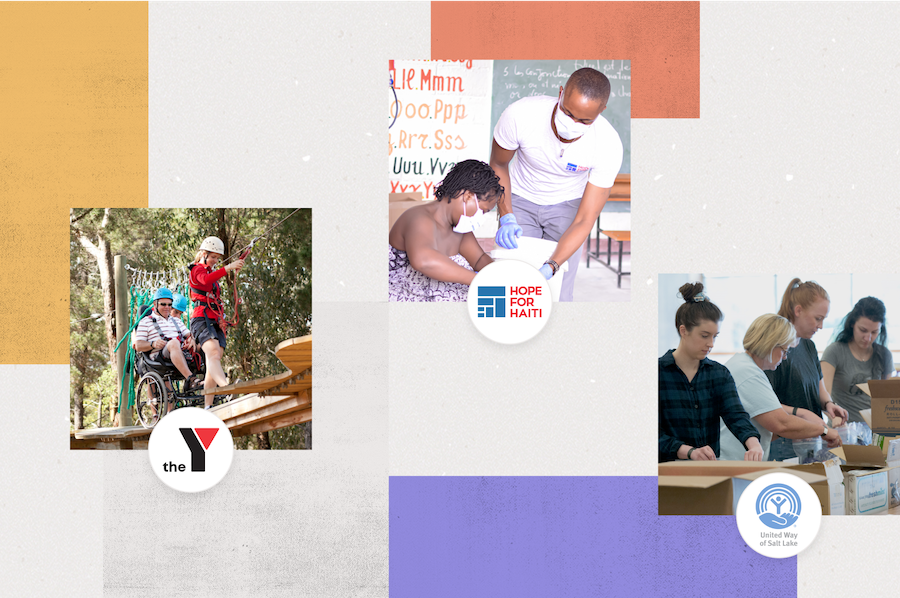Post-Launch Check In
In the days leading up to a big product launch, you start to see the finish line. When you cross it, you realize it’s a starting line. Asana was born on November 2, 2011, and now it is time to grow. We’re hiring aggressively, especially for engineers who are passionate about creating great products; our company growth is in the service of our product’s growth. I want to share with you where the product is going, but first we must first understand what the company’s gone through.
This summer, some people headed out of town on vacation, and our team started to fall out of sync. I myself took long vacations to Berlin and Burning Man and spent more time than usual on my own personal development: at the climbing gym, in yoga sessions, in meditation, with a lifecoach, chasing a girl. I was growing in all kinds of ways valuable for the longterm, but it was out of balance with being productive in the now. My personal contribution level was low: relative to my teammates, my historical output, and most especially my capacity. But this was a team issue. It seemed like many of our projects were slipping.
Dustin and Justin set a line in the sand. We’re shipping. November 2, no matter what the product looks like. The team was immediately on board. Well-rested, confident, and ready to manifest our goals, it was time for all that personal growth to pay off for the team. In the six weeks that followed we finished two hugely crucial projects: an entire re-imagining of our look and feel, and a brand new mobile experience. How?
We worked harder. Every weeknight, scotch at 11. Every weekend, meals and kittens.
We worked smarter. We did a better job of asking ourselves “Does this have to get done?” for anything that wasn’t essential to launch, and an even better job of “Let me help you do that!” for everybody else’s tasks that were essential.
We worked together. Our internal use of Asana shined brighter than ever before, as we could literally see every single crucial task assigned and on-track. Priority headings especially were crucial in always being able to see what the next set of tasks to do in a project was. Keeping the projects organized also meant that people could figure out what needed to get done in areas outside their “official” responsibilities: Jackie (our PM) started grabbing coding tasks tagged as “css” or “easy”. Everything was so smooth, we started to wonder: when is that crucial task that we forgot about going to bite us? Never.
We celebrated. We thought we would spend the launch swatting bugs and preventing outages in epic, rotating on-call shifts. Nope. We spent the afternoon of launch day playing twister and revelling in our Twitter stream, and got a good night’s sleep.

As the confetti settled, issues did emerge — data modelling edge cases here, scary AWS graphs there — and we went back to work. But the love kept coming on Twitter, our NPS stayed higher than ever before, and the verdict is in. Asana is here, and it’s awesome.
So what’s next?
More Contexts. Asana is great at work, but it’s also great for a lot of other things. We want to make it easier to plan a vacation with your friends or a dinner party with your spouse.
Smarter System. There’s cost to every bit of friction in entering a task, whether its “water the plants” or “do that code review”, and that friction ends up meaning data is missing from the system. We want to add ways to automate interacting with Asana so that you can tell us to create these tasks for you.
Richer Relationships. Asana feels as simple as a TODO list, but under the hood it’s much more than that. That balance of both power and simplicity is what makes Asana special, and we’re going to keep giving you more and more ways to organize your data without charging you in extra clicks or denser interfaces.
Bigger Teams. Everyday we get more companies asking to go beyond the 30 user cap for a workspace in Asana, but so far we’ve been hesitant to do so. We want to make sure provide the same highest-bar quality of experience as we offer for small teams. In particular, we want to ensure that, regardless of how much data you enter into the system, Asana will always be fast.
I want to close out with an image of one of my favorite parts of last episode. This is the dialog we put up for our beta customers when we turned on Asana for everyone, to thank them for enabling us to put our heart and soul into our absolute best effort to contribute to humanity. It’s this kind of personal touch that makes Asana special to me.
♥,
Jack

Sincere gratitude to Erin, Justin, Dustin, Greg, and Kris for reading and improving drafts of this post.

